When I first set out on a journey to explore the Northwest many years ago, I heard about three special criteria used to define a Hmong man within his community. More precisely, they are the three essential skills every Hmong man must master: plowing the fields, playing the khene, and stacking stone fences. This highlights the vital role that the art of stone stacking holds for the Hmong people of the Northwest.
Let’s join MLifeOn in listening to the century-old stone fences as they tell stories of life and the resilient spirit of the humble people living on the rocky plateau of Ha Giang.
The wall of stone, the story of people
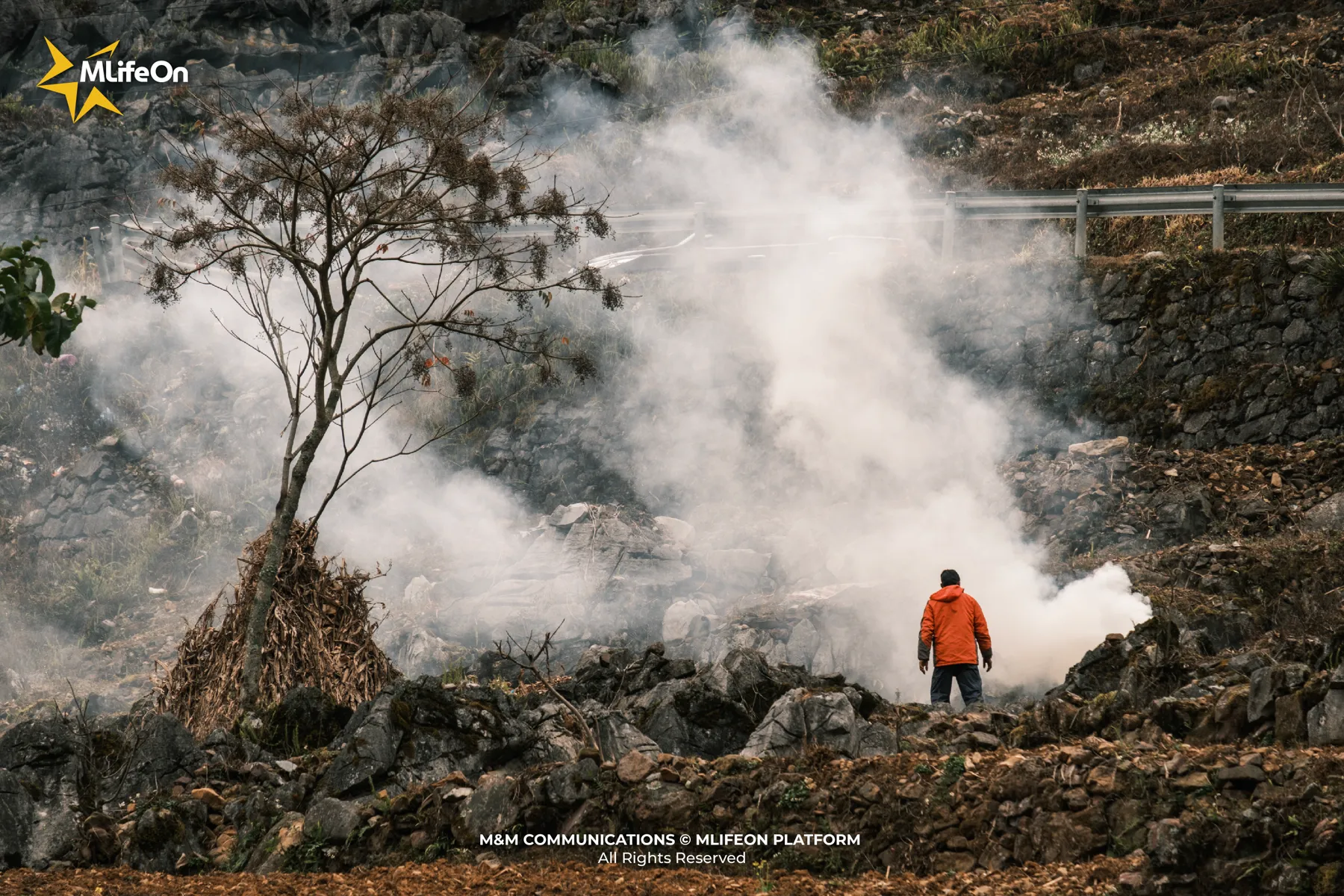
The stone stacking art of the Hmong people has existed for hundreds of years, closely connected with their migratory way of life. Until now, there is no record that can confirm exactly when this tradition began. What is known is that when the Hmong migrated and chose to settle in the Dong Van Karst Plateau, the stone fences were created.
According to the elders, on the plateau, soil is scarce, water is scarce, the land is barren, and vegetation is poor, but stones are abundant. Stones are everywhere, from the fields to the villages, from the roadsides to the spaces around every home.
In such harsh conditions, the art of stone stacking emerged as a way for people to adapt and survive. With skillful hands and patient diligence, they cleared stones from their fields for cultivation and used those same stones to build fences and unique houses in the middle of the rugged plateau. Since then, stone fences have appeared throughout Hmong settlements in Ha Giang, especially in Dong Van, Meo Vac, Yen Minh, and Quan Ba.
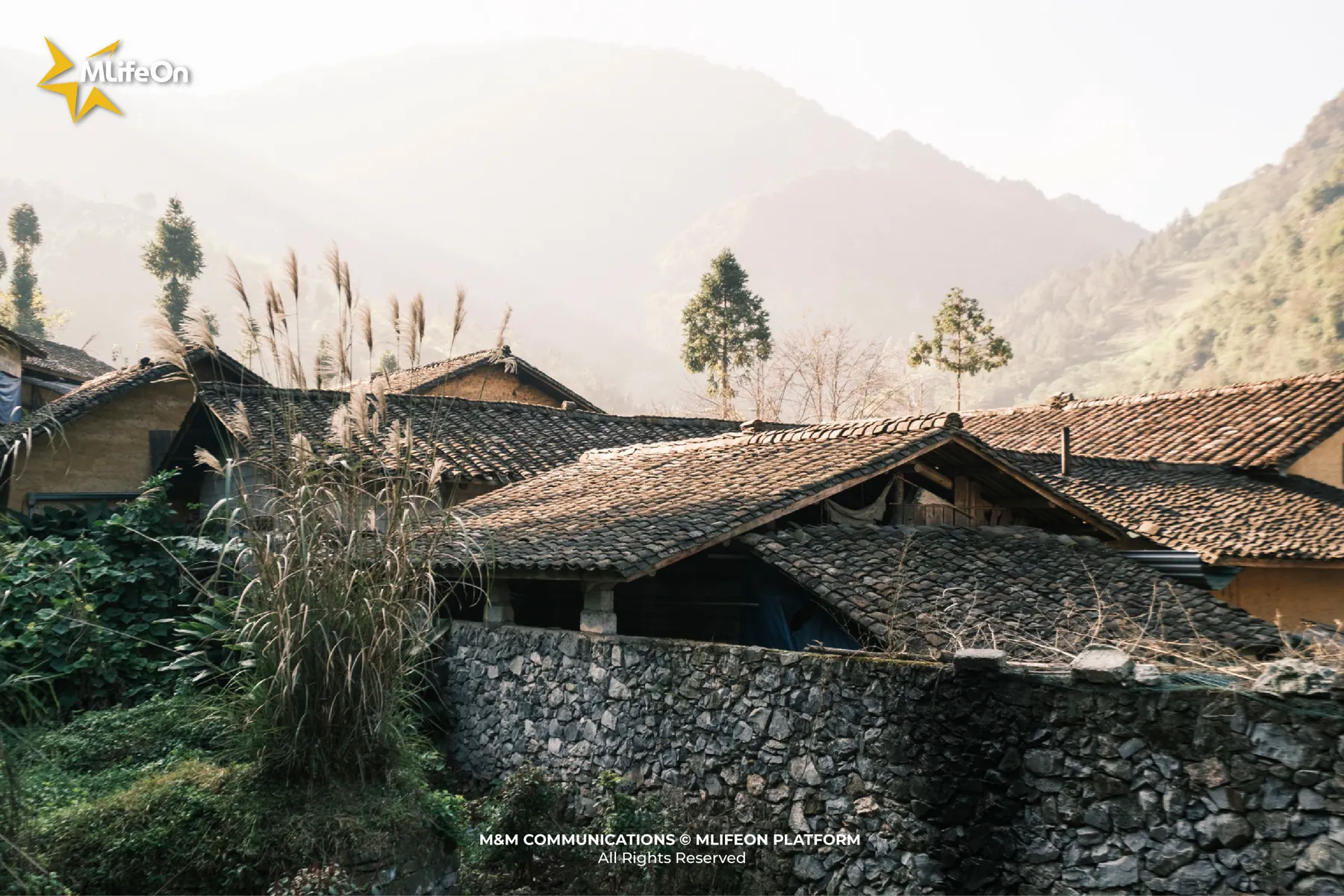
It can be said that for the Hmong people in Ha Giang, the small yet solid stone fences have become a source of support in both daily life and spirit, in every sense of the word.
The stones are stacked into foundations and walls for their traditional houses. The stone fences stand like sturdy armor, protecting families from wild animals and keeping peace within the community.
The stone fences shelter and embrace life. They preserve the rare patches of fertile land on the plateau, slow down erosion from flowing water to protect crops, and safeguard the harvests that bring warmth and sustenance to the people.
Each stone wall can be seen as a chapter, a vivid story of the patience and resilience of the Hmong people in overcoming hardship.
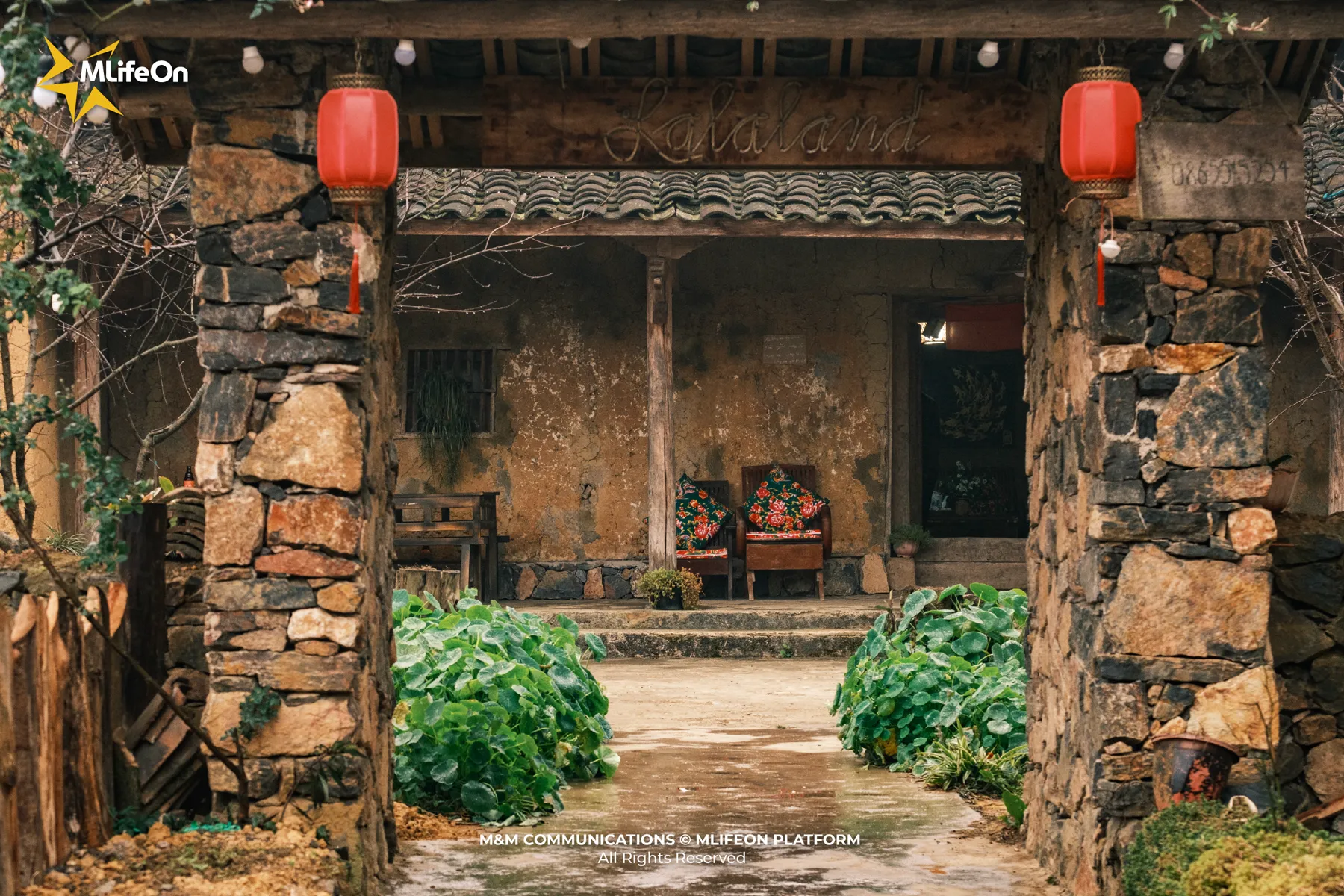
The art of stone stacking: From lifeless rocks to a masterpiece of indigenous wisdom
In 2018, Dry Stone Walling, the art of building stone walls without mortar in England, was recognized by UNESCO as an Intangible Cultural Heritage of Humanity. Visiting Ha Giang, where you can see and touch the stone walls built by the Hmong people, you will surely be amazed by this local “wonder.”
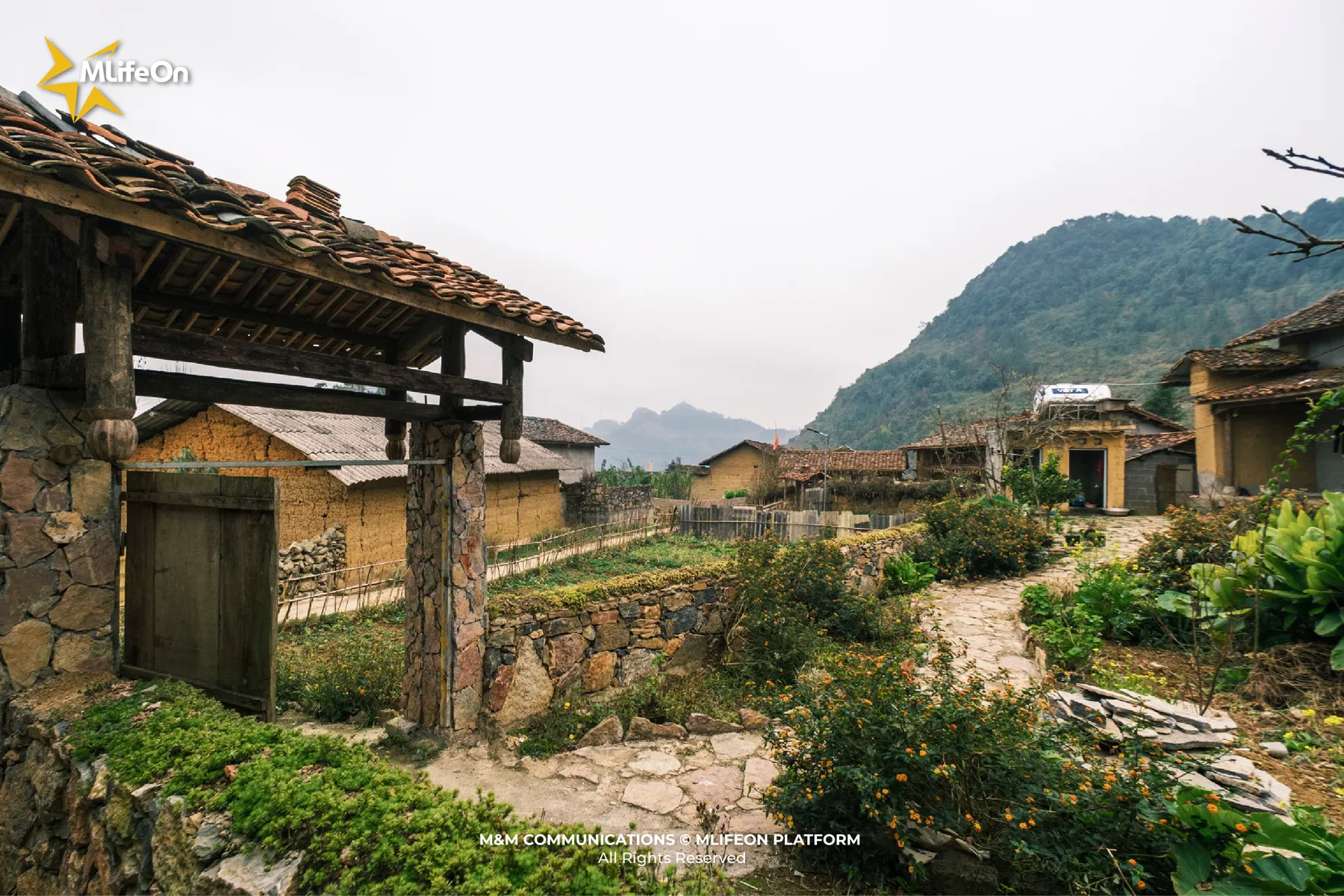
Although not officially recognized, the stone stacking techniques passed down through generations of the Hmong people in Ha Giang have been elevated to the level of art.
Why is that so? What is it about these stone walls that makes them worthy of being called an art form?
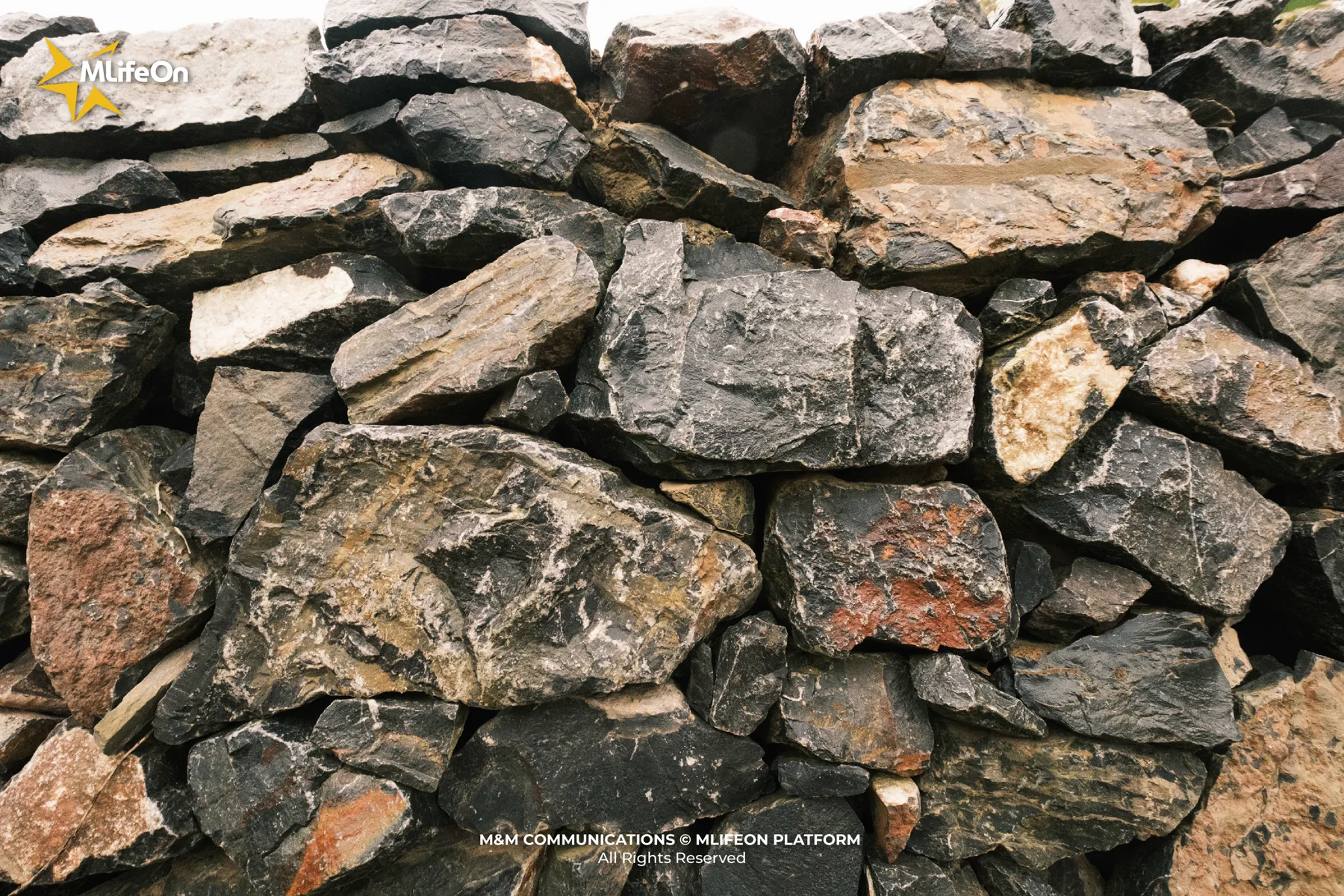
If Dong Van in Ha Giang is seen as a painting, then the stone walls are the delicate and graceful strokes that stand out on the rugged plateau. Stone stacking is not simply placing lifeless rocks on top of each other, but a purposeful arrangement shaped by skillful hands.
Unlike the straight, measured walls in the lowlands, the stone walls here curve along the terrain, soft as a stream, embracing each terraced field. Every stone is carefully chosen and placed with precision so that they fit tightly together, leaning on one another with strength, without the need for mortar or any binding material.
From above, the stone walls stretch along the mountain slopes, encircling the lush green cornfields and terraces like a monumental sculpture. They have become an iconic image of the Ha Giang rocky plateau, one that every traveler is drawn to capture in a photograph.
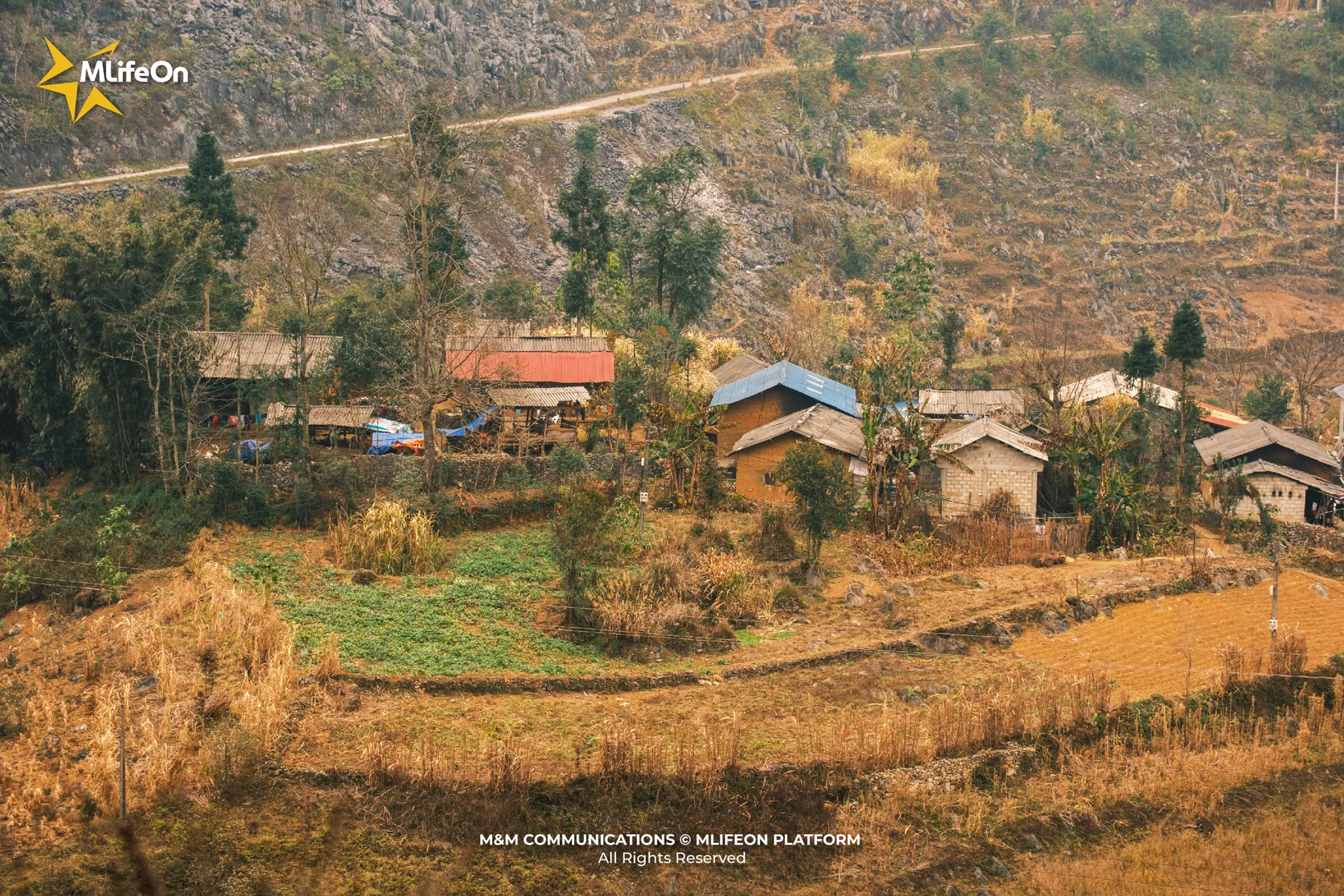
Perhaps the most striking impression of Ha Giang’s stone stacking art does not lie in its grandeur. It lies in the rawness, the rugged edges, and the natural beauty of the stone walls. The spontaneous mix of large and small, long and short stones creates a unique and one of a kind composition for every wall. Without carving, without polishing, without decorative patterns, these walls radiate a simple, rustic, and genuine character of the highlands.
There are no blueprints, no construction plans, and no fixed timeline for each stone wall. The process may take weeks, months, or even half a year, depending on the skill, patience, and meticulousness of the builder for his field, garden, or home. They work as diligently as birds building their nests, little by little each day, without pressure or haste.
It is no exaggeration to say that by looking at each stone wall, one can sense the personality and the love for family of the owner.
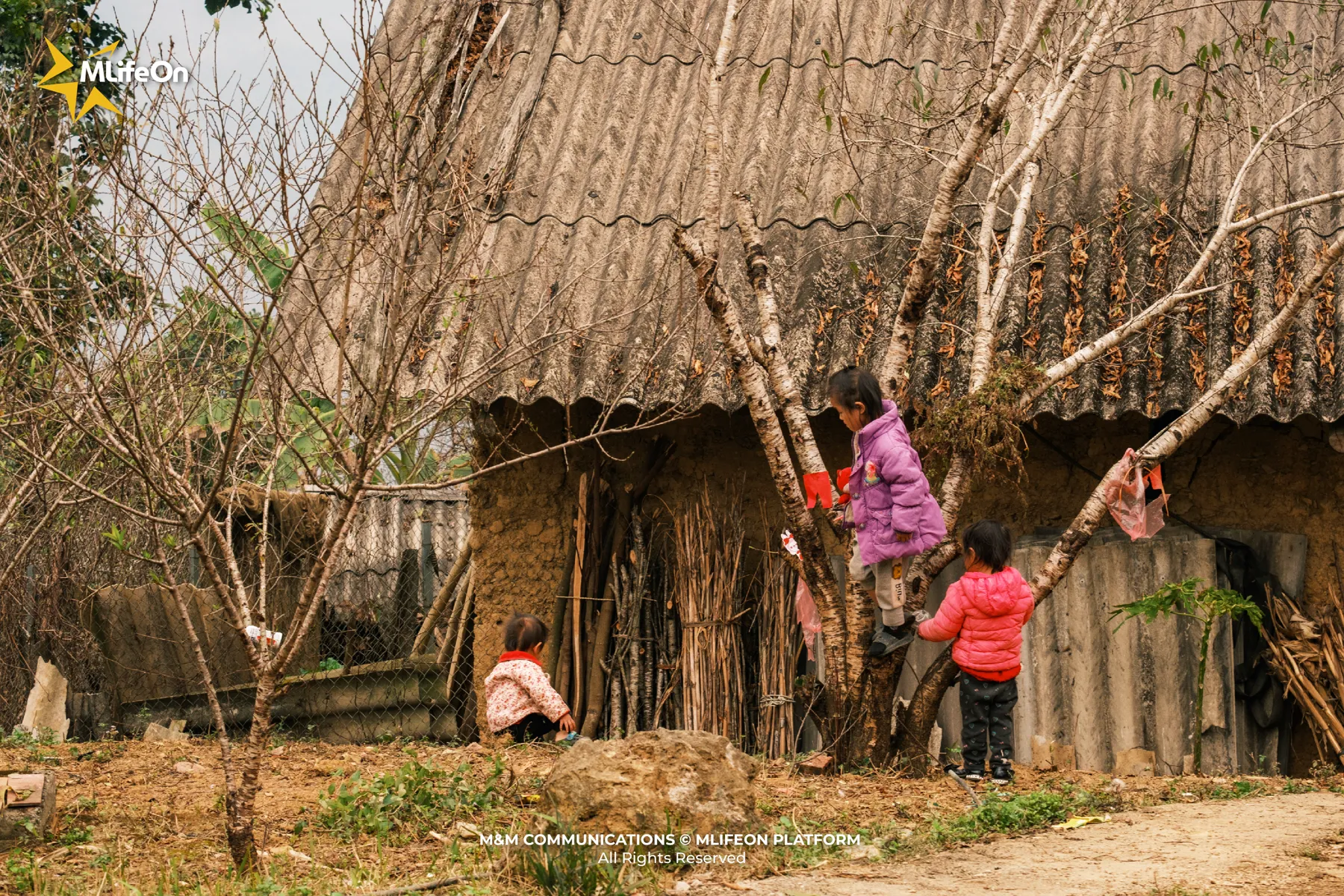
The art of stone stacking - a profound cultural and spiritual imprint
Anyone who has been to the Northwest will surely be intrigued by the cultural and spiritual beliefs of the Hmong people. For them, all things have a soul and deserve respect. The stone walls that surround their homes and embrace their fields hold an even deeper bond. They embody the strong connection between humans and the spiritual world.
The Hmong believe these stone walls are the dwelling place of deities who guard the land and protect the lives of the people. The walls serve not only as boundaries between fields but also as borders between the physical world and the spiritual realm, safeguarding peace for every family.
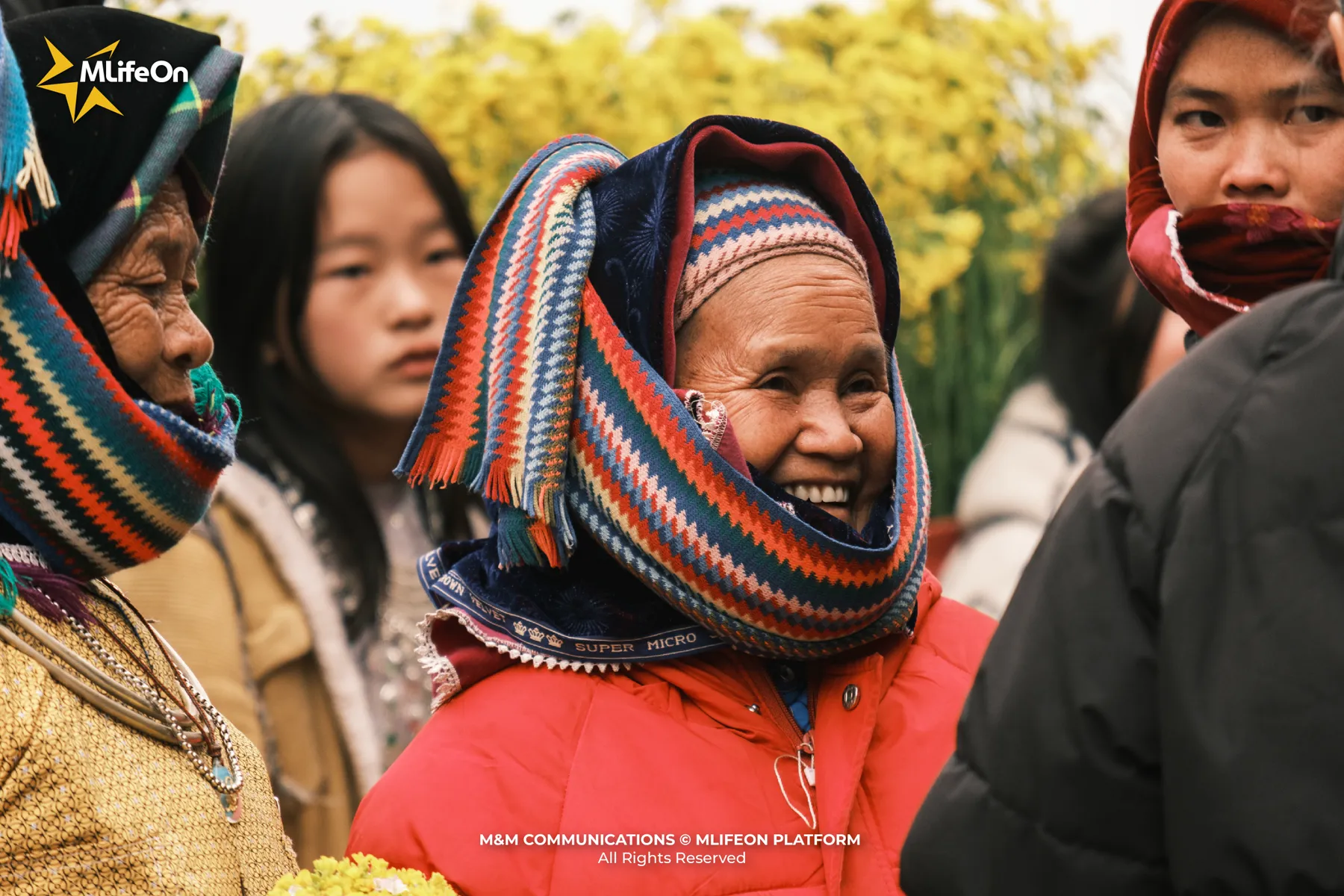
For that reason, when building houses or stacking stone walls, the Hmong people always perform rituals to ask for the permission and protection of the deities.
Culturally, the art of stone stacking carries the meaning of community bonding. It also reflects the strength and maturity of a Hmong man within his family and clan. When a man is able to build strong and steady stone walls, he is officially recognized as the pillar of his household.
It can be said that through the art of stone stacking, the Hmong have created a unique cultural heritage. In it, each stone is no longer a lifeless object but becomes a vessel of spirit, nurturing faith and unity within the entire community.
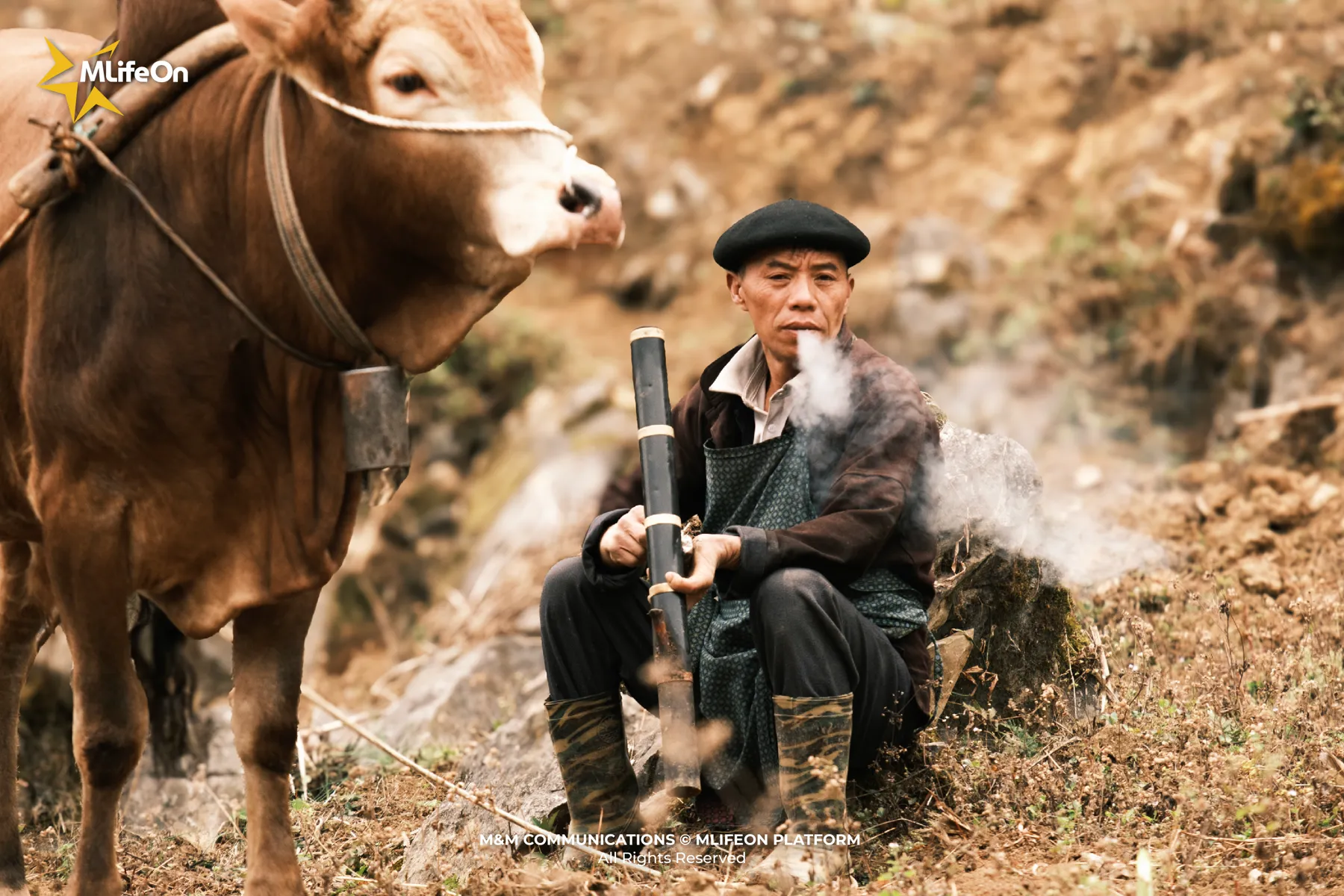
Conclusion
If you have been, or one day come, to the rocky plateau, you will easily recognize the stone walls - fragments of the soul of Ha Giang. They stand as proof of a life philosophy that is enduring and quiet, yet filled with all the refinement and strength of the Hmong people who live on this majestic but harsh land.
With every step along the winding roads of the plateau, with every touch on the moss-covered layers of the century-old walls, you are not only touching an architectural structure but also reaching into the history, culture, and philosophy of an entire people.
Come and listen to the “silent stories” told through stone, and feel the artistry and resilient spirit of the Hmong on this frontier land of the nation.
—---
CREDIT:
- Photography: Luan Nguyen
- Content: Minh Yen
- Design: Phuong Nguyen





















